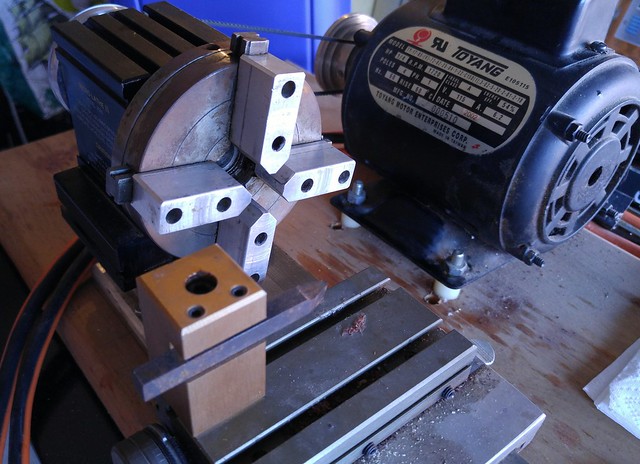Hello all, I registered about 2 weeks ago and I think this is as good time as any to introduce myself.
I probably have a very different background than most here.
I didn't start with kit pens, rather I was introduced to vintage fountain pens, then start using them, then rabidly collect them, and along the way learned how to restore them (with the help of an awesome teacher).
Last week I bought a Micro Lathe that was used primarily to turn kit pens by the previous owner, which looks like this:

My plan is to start with building parts to complete vintage pens that I'm restoring using ebonite or acrylic. And then slowly as I gather experience and skill, I'd like to design and create the whole pen that is inspired by vintage pen designs (no kit).
So that's my story. I hope to learn a lot from the fellow artists and craftsman/woman here at the forum and have a lot of fun.
A SIDE QUESTION: For those who are familiar with the Model 4500 II lathe in the picture above, how do I remove the rod and the rod holder? I have a 4-jaw chuck to put in their place. Do I just use ordinary 3/4'' wrench?
I probably have a very different background than most here.
I didn't start with kit pens, rather I was introduced to vintage fountain pens, then start using them, then rabidly collect them, and along the way learned how to restore them (with the help of an awesome teacher).
Last week I bought a Micro Lathe that was used primarily to turn kit pens by the previous owner, which looks like this:

My plan is to start with building parts to complete vintage pens that I'm restoring using ebonite or acrylic. And then slowly as I gather experience and skill, I'd like to design and create the whole pen that is inspired by vintage pen designs (no kit).
So that's my story. I hope to learn a lot from the fellow artists and craftsman/woman here at the forum and have a lot of fun.
A SIDE QUESTION: For those who are familiar with the Model 4500 II lathe in the picture above, how do I remove the rod and the rod holder? I have a 4-jaw chuck to put in their place. Do I just use ordinary 3/4'' wrench?


